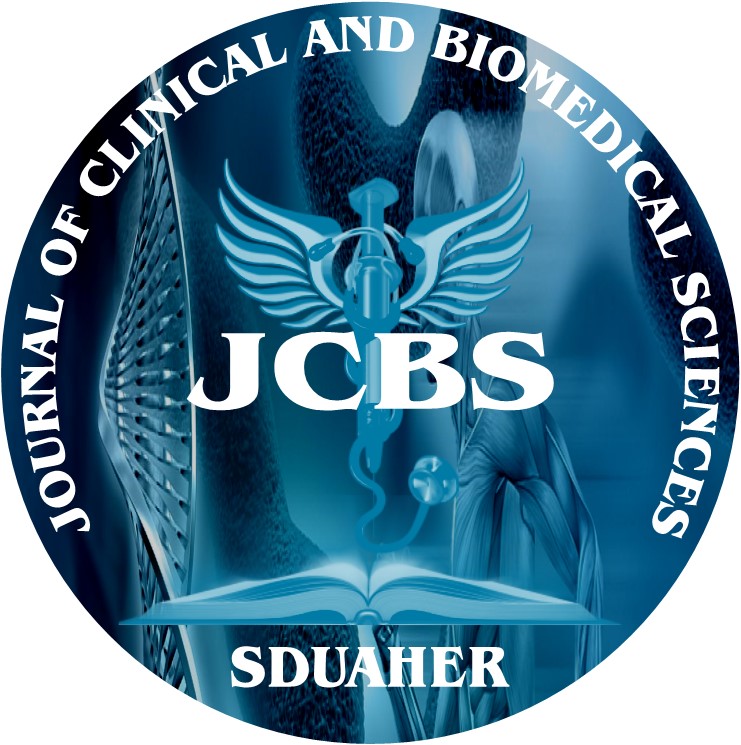


Journal of Clinical and Biomedical Sciences
Year: 2018, Volume: 9, Issue: 3, Pages: 61-68
Review Article
Vaibhav Venkatesh1, Deena C Mendez2, Rajshekhar T S3, Sharath Balakrishna4*
1. Ph.D. Scholar, Department of Cell Biology & Molecular Genetics, Sri Devaraj Urs Academy of Higher Education and Research, Kolar.
2. Assistant Professor, Department of Biochemistry, Sri Devaraj Urs Academy of Higher Education and Research, Kolar.
3. Professor, Department of Dermatology, Sri Devaraj Urs Academy of Higher Education and Research, Kolar.
4. Associate Professor, Department of Cell Biology & Molecular Genetics, Sri Devaraj Urs Academy of Higher Education and Research, Kolar.
*Corresponding Author
E-mail: [email protected]
Mobile No: 9611228095
Vitiligo is a chronic autoimmune disease, caused due to selective destruction of melanocytes. It is characterized by depigmentation of skin. The mechanisms that underlie this phenomenon has not been clearly understood. Therefore, the aim of this review was to collate all the emerging information regarding the involvement of molecular components in vitiligo pathogenesis. Initial surveys suggested that certain chemicals were responsible for causing this skin disease. Recent genetic studies like twin studies show that vitiligo arises due to hereditary factors. Certain predisposing risk variants have been identified through can-didate gene studies and Genome-Wide Association Studies (GWAS). Skin biopsies and peripheral blood of vitiligo patients have revealed the presence of melanocyte targeting autoantibodies, increased T-cells and high levels of inflammatory cytokines, indicating that both humoral and cellular immunities play a major role in selective destruction of melanocytes. In addition to this, studies have shown the association of vitiligo with other autoimmune diseases, implicating that complications of other autoimmune diseases could lead to the development of vitiligo. Further research is required to understand the immune pathway of vitiligo and its commonness with other autoimmune disorders. This would help in tackling the disease therapeutically.
Keywords: Vitiligo, Genetics, Autoimmunity, Human Leukocyte Antigen, Cytokines
Subscribe now for latest articles and news.